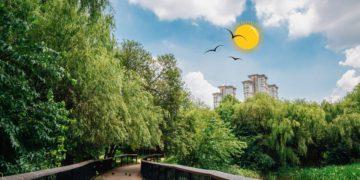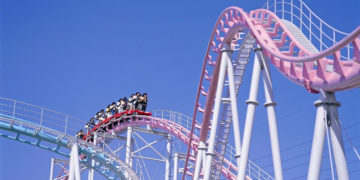Last Updated on 7 months by admin
When it comes to planning a peaceful summer getaway in South Korea, most international travelers hit the same search results: Jeju Island, Busan beaches, maybe a side trip to Gangwon’s coastal cafes. But what if we told you the most beloved vacation escapes among Korean locals are not where you think? Because far from flashy resorts and influencer check-ins, you can actually experience the most soul-nourishing retreats, quietly among the mountains, hidden inside the best forest retreats you will ever encounter in South Korea.
Welcome to the National Recreation Forests, the forested retreats operated by the Korea Forest Service, and the best-kept secret among Korean families, couples, and solo escapees. These aren’t just places to sleep in a cabin. They’re where you go to hear your own breath again.
And here’s the thing: They book out faster than flights to Jeju. Every year.
What Makes These Forest Retreats the Best and Special in South Korea?
Korea is a country where over 70% of the land is covered in mountains, so it’s no surprise that nature plays a sacred role in local healing culture. These forest retreats, or “sanlimyoyangrim,” aren’t your average campsites. They are government-protected sanctuaries designed to immerse you in the sensory balm of trees, trails, and silence.
While overseas tourists are lining up at Jeju’s waterfalls or battling for brunch tables in Seogwipo, locals are quietly checking into wooden cabins with sea-view balconies or sun-dappled trails—and paying a fraction of what you’d spend on the island.
And perhaps that’s why few talk about them online.
These places aren’t made for Instagram. They’re made for solitude, stargazing, and healing.
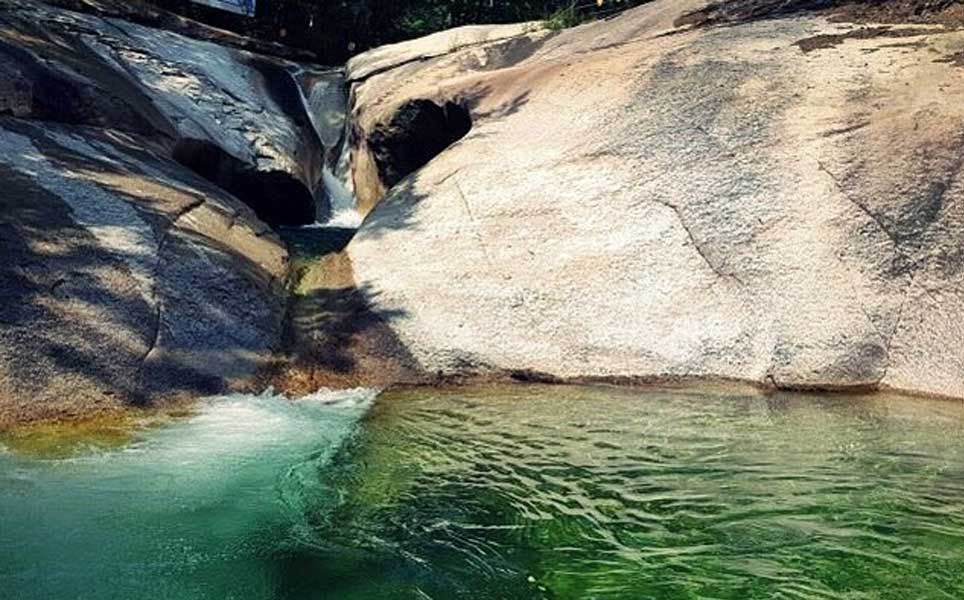
Muui Island: Where Forest Meets the Sea
Located just off the coast of Incheon, National Muui Island Recreation Forest is a seaside forest paradise that feels like a forgotten postcard. Only an hour’s drive from Seoul, this is where locals go when they want a “beach view with tree scent”—a combination you won’t find anywhere else.
Cabins here face Hanagae Beach, where visitors praised its flamingo-pink sunsets. The forest trail around Horyonggoksan Mountain is quiet, shaded, and gentle enough for a mindful walk without bumping elbows with strangers.
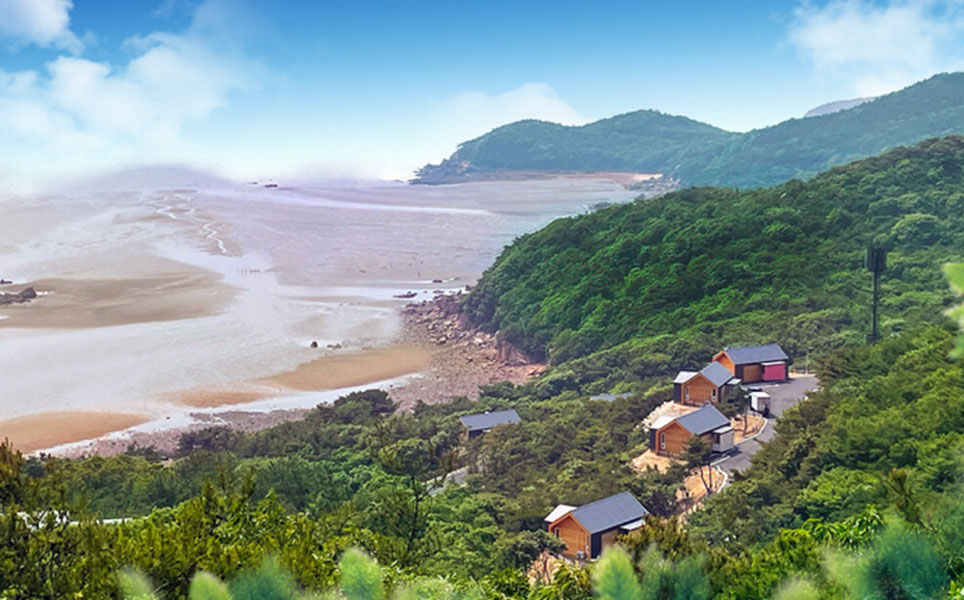
One couple who visited with their in-laws noted, “We didn’t feel like going out to actually see the shore,” as the sea view from the cabin window was enough.
That’s the unspoken magic of Muui—you don’t just walk through nature; you dissolve into it.
Byeonsan: A Seaside Forest with Storybook Views
Hidden in North Jeolla Province, the Byeonsan Recreation Forest is a stunning outlier among the 46 retreats. It’s the first to be built along the West Sea coast, giving every single cabin a view of the ocean.
Imagine waking up to waves tapping the horizon while still cocooned by towering trees. That’s the daily rhythm here.
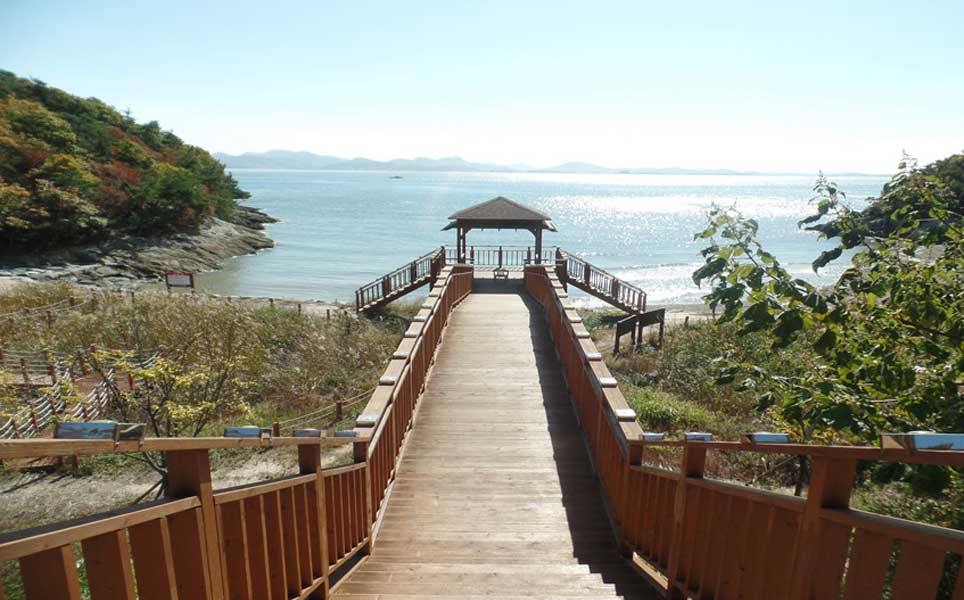
You don’t need to leave the cabin to enjoy it either—just crack open a window and let the sea breeze curl into your living room. One couple who visited with their in-laws admitted they skipped the beach entirely because “the forest view from the window was already perfect.”
Bonus: An observatory deck hidden within the trails offers a jaw-dropping spot to watch the sun break over sea-slicked rocks.
Daeyasan: For Families Who’d Rather Splash than Swim
If you’re traveling with kids—or just love the soothing rush of a mountain stream—National Daeyasan Recreation Forest in Mungyeong is a quiet favorite for families.
Shallow creeks run through the pine and oak groves, offering just enough depth for safe child-friendly play without the stress of full-on swimming. The trees themselves form natural umbrellas, blocking out summer heat while releasing phytoncides—those forest aromatics that naturally lower stress and boost immunity.
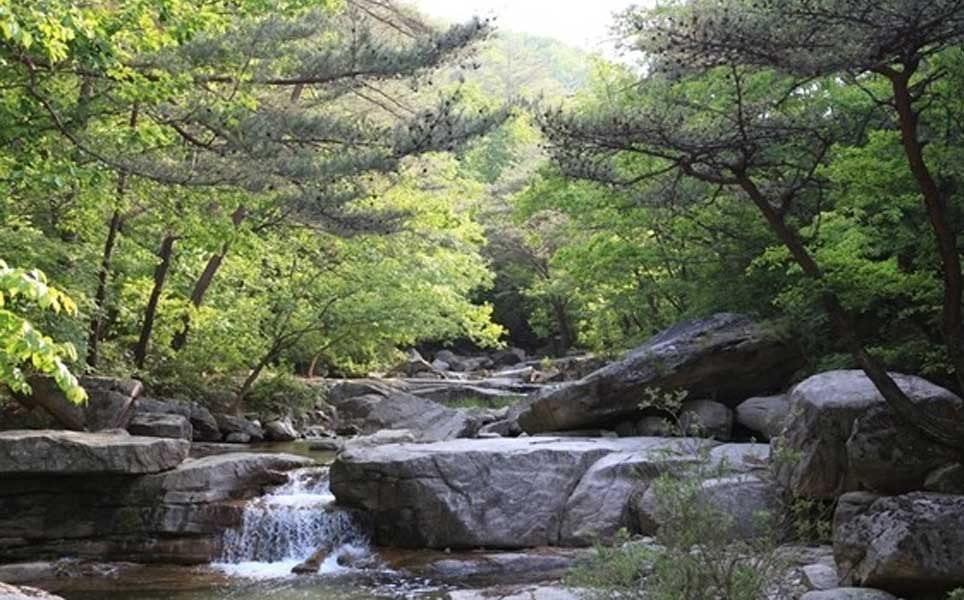
Parents can sit under the shade while kids giggle in the water. There’s no sound of music blasting from beach tents. No crowds. Just the sound of water, wind, and your own thoughts slowing down.
As one Korean American visitor put it: “I finally found nature’s version of peace and quiet.”
Best Forest Retreats in South Korea: Why You’ve Never Heard About Them — Until Now
There’s no flashy marketing for the National Recreation Forests. No big-budget influencer campaigns. The cabins are simple, and while some guests have noted the firm bedding or no-frills amenities, it’s clear the appeal lies elsewhere.
These retreats are not selling luxury—they offer authentic Korean stillness.
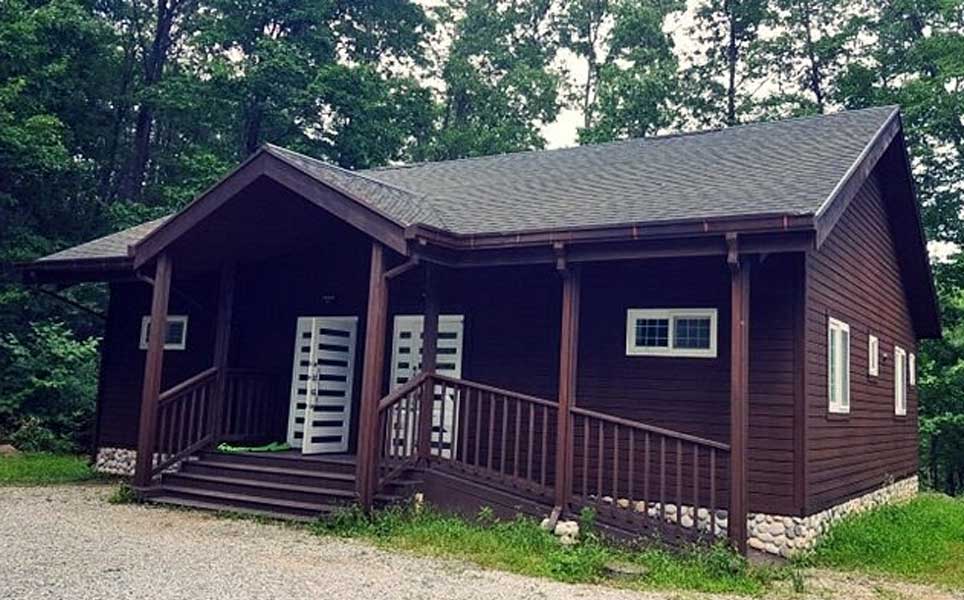
That’s why they book up fast. Not just because they’re beautiful, but because they’re meaningful. For Koreans, escaping to the forest is not a trend—it’s a seasonal ritual.
It’s where you go when you want to stop performing and just exist.
Best Forest Retreats in South Korea: What You Need to Know Before Booking
Planning a forest retreat in Korea isn’t like booking a resort in Seoul or Jeju. These are semi-wild hideaways curated by the Korea Forest Service—designed to reconnect you with nature, not pamper you with frills. Here’s what you should know before you go:
Reservations
Firstly, you’ll need to reserve through each of the official websites, which may require some translation help if you don’t read Korean. The most coveted spots—like Muui Island, Byeonsan, or Daeyasan—often get snapped up months in advance, especially for weekends and summer holidays. Set calendar alerts and book as early as possible.
Cost
One of the best-kept secrets? The price. Most cabins cost well under ₩100,000 (around $70–80 USD) per night—even less for smaller units or off-season bookings. That’s a fraction of what you’d pay for anything near the same level of scenery and privacy in more touristed areas.
Transport
Technically, public transportation will get you to many of these forest retreats, but don’t expect it to be quick or direct. For comfort and flexibility—especially if you’re traveling with kids or gear—renting a car is highly recommended. Just be prepared for narrow mountain roads and limited parking.
What to Bring
Think of this as nature-first lodging. You’ll need to bring your own towels, basic toiletries, and sometimes even bedding (linens may be thin or cotton mats only). If you have dietary restrictions, pack your own ingredients or ready-to-cook meals. Onsite shops are rare, and restaurants are often a drive away.
Best Season to Visit
Summer may be peak season, but each retreat transforms with the calendar. Fall delivers a breathtaking blaze of red, gold, and ginkgo yellow. Spring welcomes carpets of wildflowers and gentle weather. Even winter offers stark beauty—frosted trails, pine silhouettes, and the quietest cabins you’ll ever experience.
Final Thought: Forget What You Think You Know About Korean Travel
If your vision of a Korean summer holiday includes airport crowds, cafe lines, and pricey Jeju resorts, it might be time to look again.
Korea has a softer side—one rooted in mountains, mist, and the meditative silence of forest wind. And the best part? It’s been waiting for you all along.
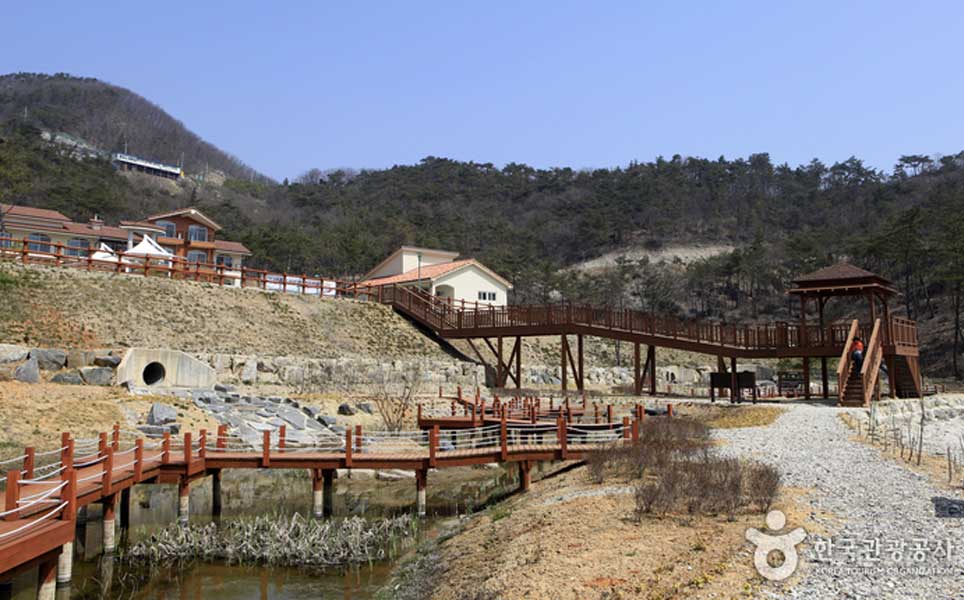
So skip the obvious. Skip Jeju. This time, let these Korea forest retreats tell you a different story.
Related Posts
2,733 total views, 10 views today





